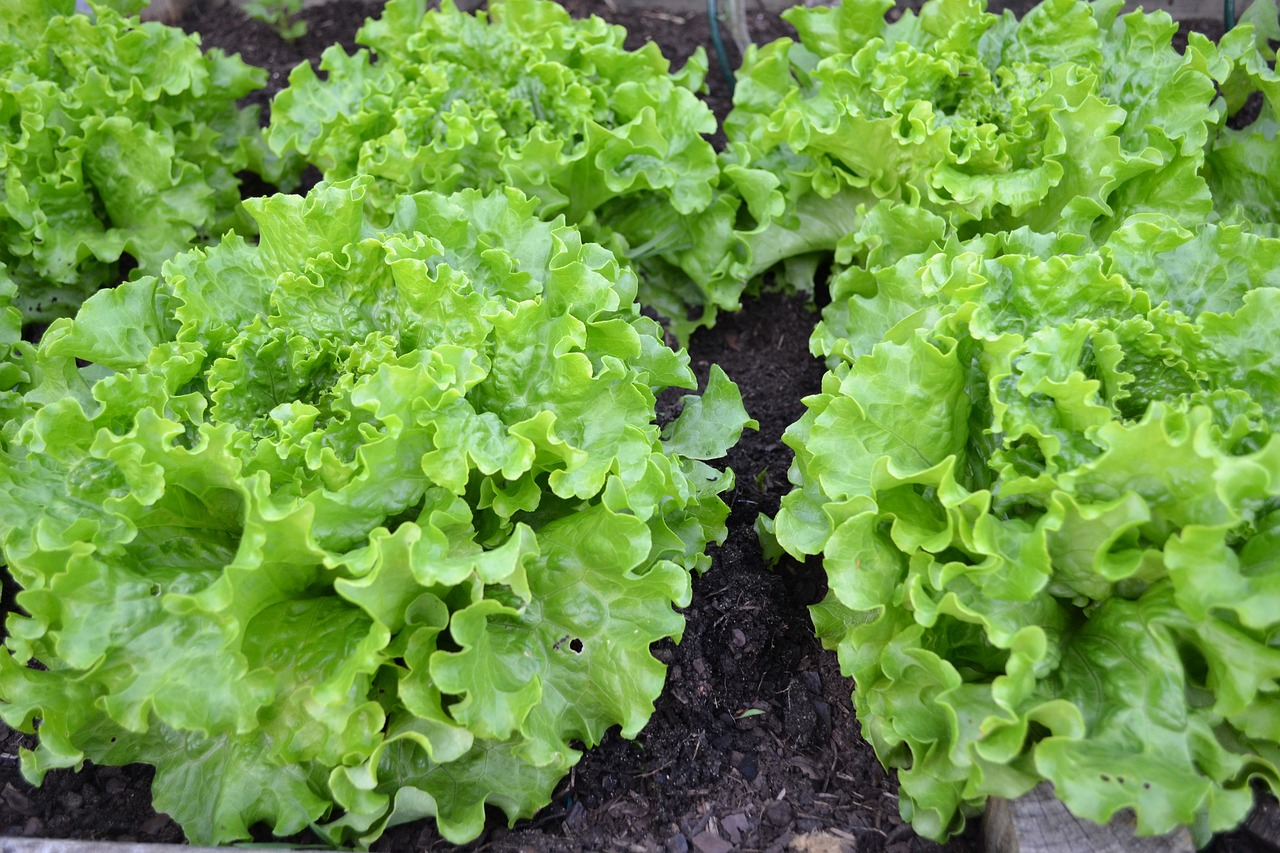
Are you an aspiring gardener in Arizona, eager to cultivate your own vegetable garden? Congratulations on taking the first step towards a rewarding and sustainable journey! However, before you plunge your hands into the soil, it’s crucial to understand the best time to plant vegetables in Arizona. This knowledge will guide you toward success, ensuring that your garden flourishes and yields a bountiful harvest. In this article, we will explore the optimal planting seasons for various vegetables, taking into account Arizona’s unique climate and conditions. So, let’s dive in and discover the secrets of successful vegetable gardening in the Grand Canyon State!
Understanding Arizona’s Climate
Unlike its four-seasoned counterparts, Arizona boasts distinct “zones”, each with its own planting sweet spot. Understanding these zones is crucial for timing your plantings right:
Zone 1 (Low Desert): Phoenix, Yuma, Tucson. Hot summers, mild winters. Planting seasons: Fall (September-November) and Spring (February-April).
Zone 2 (High Desert): Flagstaff, Prescott. Cooler summers, colder winters. Planting seasons: Spring (April-May) and Fall (September-October).
Zone 3 (Transition Zone): Includes areas like Sedona and Payson. Experiences aspects of both Zone 1 and 2. Planting seasons: Fall (October-November) and Spring (March-April).
These are general guidelines. Microclimates within your specific location can influence planting times. Observing local experienced gardeners and consulting agricultural extension offices can provide valuable insights.
Spring Awakening: Seeding Success in the Warmer Months
As winter’s grip loosens and spring paints the desert with vibrant hues, it’s time to sow the seeds of your culinary dreams. Zone 1 gardeners, rejoice! From February to April, your options are bountiful:
- Heat-lovers: Tomatoes, peppers, eggplant, okra, melons.
- Leafy delights: Lettuce, spinach, kale, Swiss chard.
- Herbs: Basil, cilantro, parsley, oregano.
Zone 2 friends, hold your horses! Wait until April or May when temperatures settle to avoid frostbite for your tender seedlings. You can then plant:
- Cool-season veggies: Beets, broccoli, carrots, cauliflower, peas.
- Herbs: Dill, chives, thyme, rosemary.
Pro tip: Utilize raised beds to improve drainage and soil temperature, especially in Zone 1’s heat.
A Fall Fiesta: Embracing the Cooler Season’s Bounty
As summer’s fiery intensity wanes, a new window of opportunity opens. Fall (September-November) presents the perfect time for Zone 1 gardeners to plant:
- Cool-season crops: Broccoli, cabbage, cauliflower, kale, lettuce, radishes.
- Root vegetables: Beets, carrots, turnips.
- Herbs: Cilantro, dill, parsley, thyme.
Zone 2 and 3, it’s your turn! Embrace the cooler fall with plantings like:
- Greens: Arugula, spinach, Swiss chard.
- Root vegetables: Carrots, parsnips, radishes.
- Brassicas: Broccoli, Brussels sprouts, cabbage.
- Herbs: Dill, chives, parsley, thyme.
Bonus tip: Extend your harvest into winter with cold-tolerant crops like kale, spinach, and collard greens by using row covers or greenhouses.
Preparing Your Garden for Vegetable Planting
- Soil Preparation
- Invest time in preparing your soil by adding organic matter, such as compost or well-rotted manure, to improve its structure and fertility.
- Test the soil’s pH level and make necessary adjustments to ensure optimal nutrient availability for your plants.
- Watering Techniques
- Due to the arid climate, regular and deep watering is essential to keep your vegetable garden thriving.
- Consider using efficient irrigation systems like drip irrigation to minimize water wastage and deliver moisture directly to the plants’ root zones.
- Mulching
- Apply a layer of organic mulch around your plants to conserve moisture, suppress weed growth, and regulate soil temperature.
- Use materials like straw, wood chips, or dried leaves, ensuring the mulch is not directly in contact with the plant stems.
- Sun Protection
- Shield your plants from the intense desert sun by providing shade using shade cloth, row covers, or strategically placing taller plants to cast shadows.
- This prevents sunburn and reduces water evaporation from the soil.
- Pest and Disease Management
- Regularly inspect your plants for signs of pests or diseases.
- Consider using organic pest control methods like handpicking, introducing beneficial insects, or using neem oil-based sprays to minimize chemical usage.
Common Vegetable Planting Mistakes to Avoid
- Planting too early or too late: Ensure you plant at the right time for each vegetable variety.
- Planting in the wrong location: Choose a sunny spot with well-draining soil.
- Planting too close together: Overcrowding can lead to poor growth and disease.
- Planting without amending the soil: Improve soil quality with organic matter.
- Planting without a watering plan: Use drip irrigation or soaker hoses to conserve water.
So, what are you waiting for? With this guide as your compass, chart your course towards a thriving Arizona vegetable garden, bursting with flavor and the joy of nurturing life from the earth.
